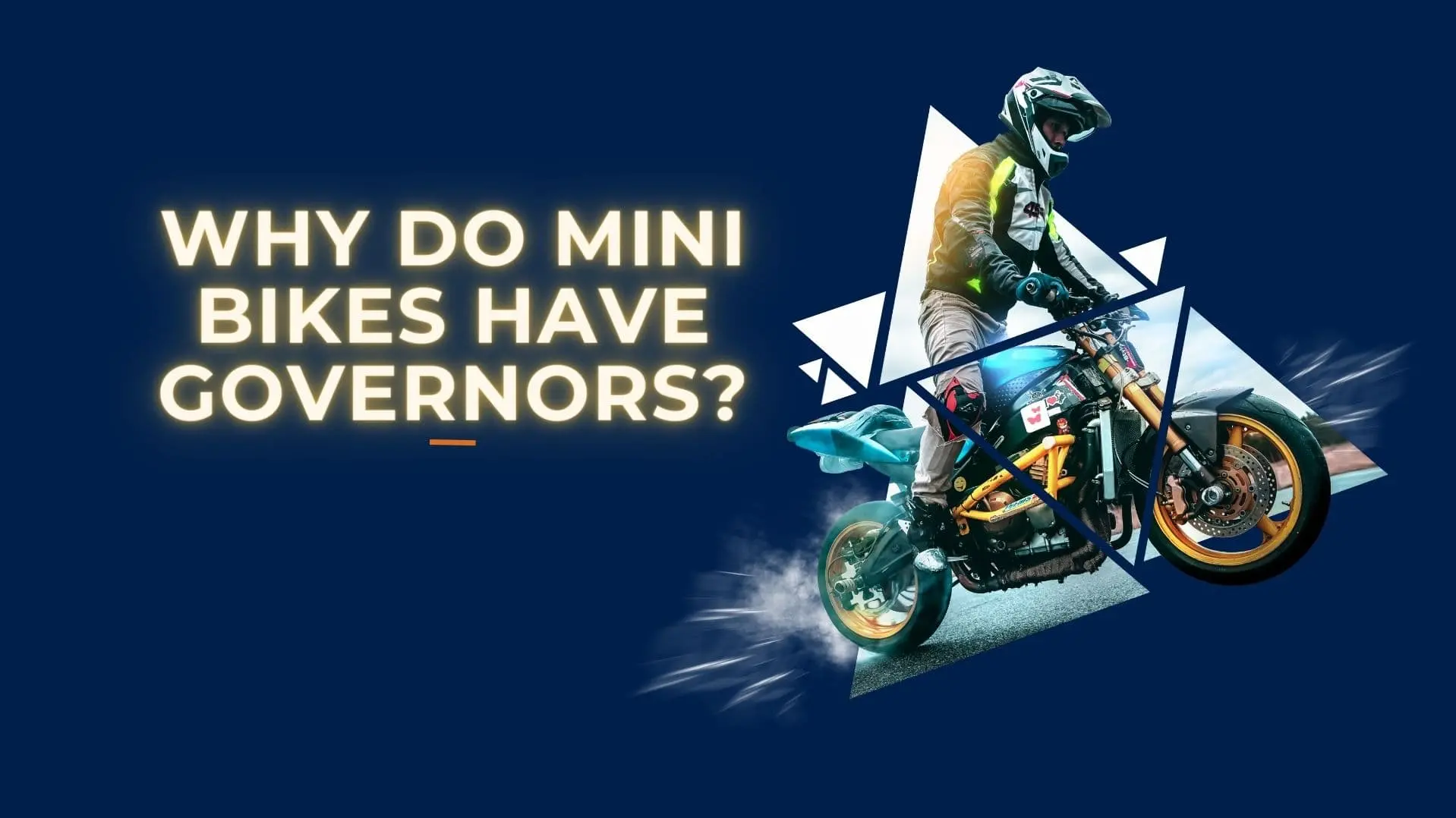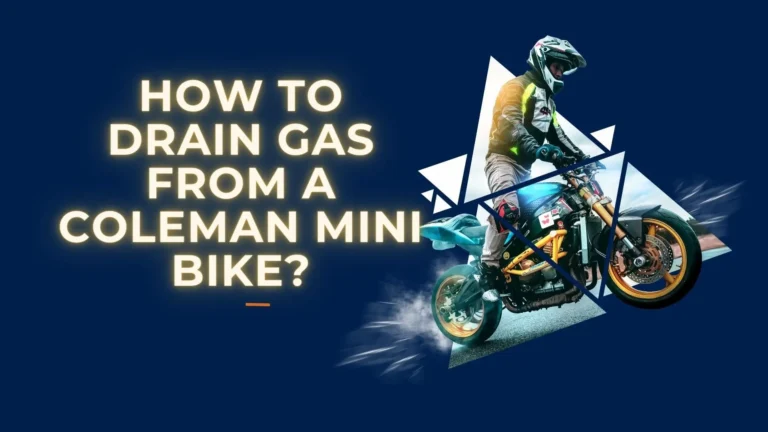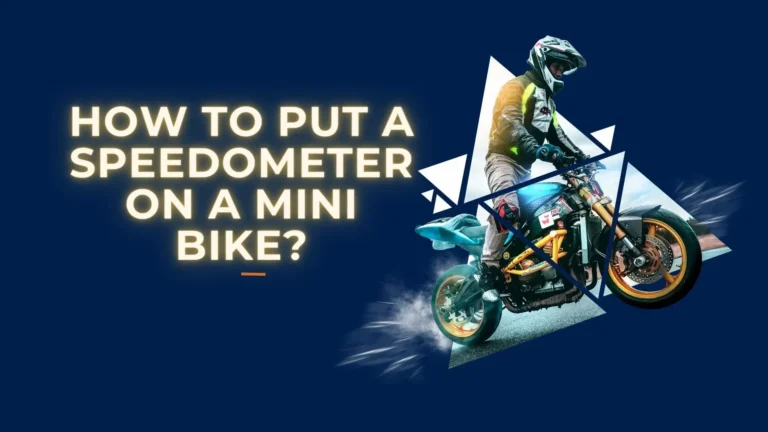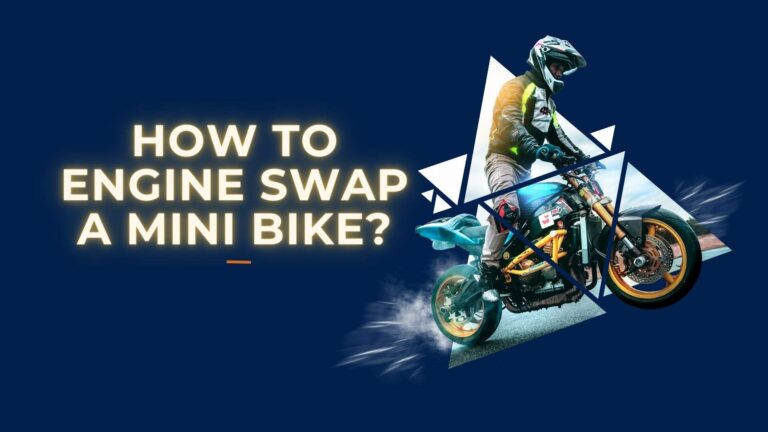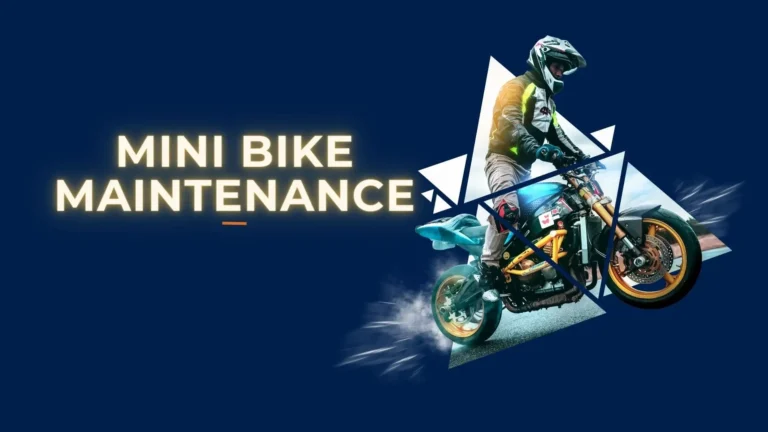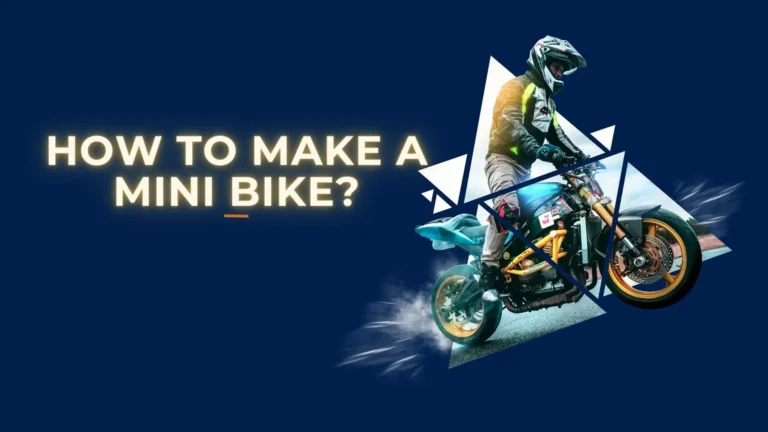Why Do Mini Bikes Have Governors?
Mini bikes have governors to limit the maximum engine RPMs. This prevents over-revving damage, enables legal compliance, enhances rider safety, and reduces noise and emissions. Governors are critical components for safe, responsible mini bike operation.
Mini bikes are small motorbikes that many people enjoy riding for fun and thrills. They are popular for recreational use and off-roading. However, mini bikes come with an important safety feature – the governor.
A governor controls how fast the engine can spin. It limits the maximum revolutions per minute (RPMs). This prevents the engine from spinning too quickly and overheating.
The governor uses weights and levers to limit how much the throttle can open. This sets the top RPM limit. It keeps the engine at a safe operating speed.
Without a governor, the engine could wear out faster. Over-revving stresses the moving parts. The governor protects the engine so the mini bike lasts longer.
Governors also reduce noise from too much RPMs. And they help mini bikes meet local laws on noise and emissions. For riders, the governor allows better control on uneven ground. It improves the mini bike experience.
In this article, we’ll dive into why governors are so important for mini bikes. We’ll look at how they keep mini bikes running smoothly and safely. Let’s get started!
Key Takeaways
- Governors limit the maximum engine RPMs to prevent over-revving damage. This protects the engine and drivetrain.
- Governors enable mini bikes to comply with laws on speed, noise, emissions. Removing them risks legal action.
- Governors improve rider control and stability on uneven terrain for safety.
- Governors reduce noise pollution, optimize fuel efficiency and lower emissions.
- Proper governor maintenance is essential to ensure it functions reliably.
- Alternatives like rev limiters are not as effective at governing RPMs.
- Removing or disabling the governor is extremely dangerous and can result in accidents, injuries, death.

Why Governors Are So Important
Governors are essential components on mini bikes. Here are the top reasons governors are critical:
Legal Compliance
- Governors ensure mini bikes meet local laws for:
- Speed limits
- Noise rules
- Emissions standards
- Removing the governor can lead to:
- Fines
- Impounding of the bike
- Legal action
Engine Protection
- Over-revving stresses the engine, causing premature wear
- This wear may void the warranty
- Governors prevent damage from high RPMs
- Keeps the engine operating safely
Rider Safety
- Sudden elevation changes require governing RPMs
- This allows better stability on uneven terrain
- Results in improved control for the rider
Reduced Noise
- High RPMs increase noise pollution
- This is especially true in residential areas
- Governors minimize noise disruptions by limiting RPMs
Better Fuel Efficiency
- High RPM operation reduces miles per gallon
- Governors optimize RPMs for maximum fuel efficiency
- This saves money on gas costs
Lower Environmental Impact
- Reduces emissions of:
- Hydrocarbons
- Carbon monoxide
- Nitrogen oxides
- Cuts the mini bike’s environmental footprint
How Governors Work
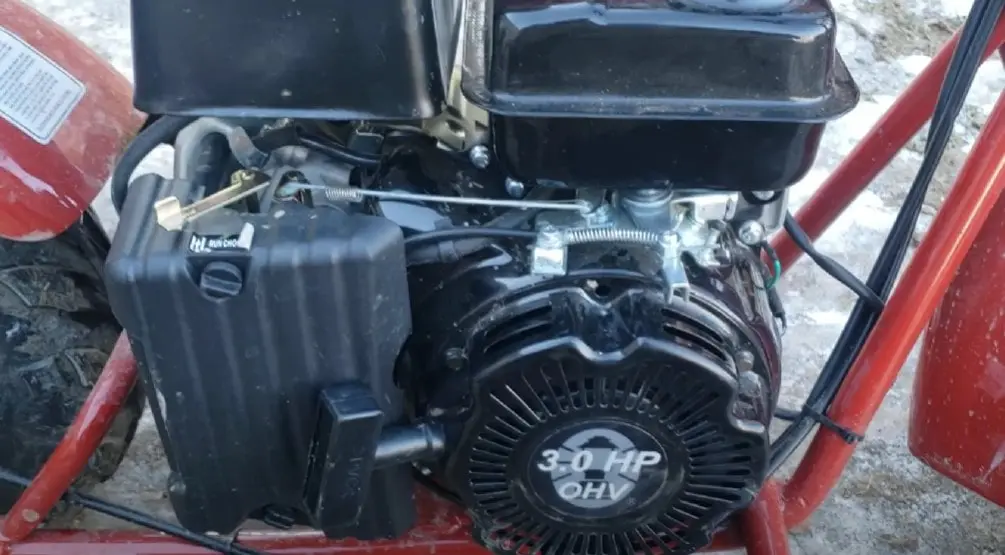
Governors limit the maximum RPMs of the engine using mechanical or electronic methods:
- Mechanical governors use centrifugal force and levers. As engine speed increases:
- Weights in the governor spread outward
- This pulls levers to close the throttle
- Limits RPMs to a preset maximum
- Electronic governors use sensors and actuators. This system:
- Monitors engine speed using sensors
- Uses actuators to limit throttle when RPMs get too high
- Can more precisely govern maximum RPMs
- Both methods physically limit how much the throttle linkage can open
- This sets the upper limit for engine RPMs
- Prevents operating at unsafe speeds
In summary, governors control engine speed by restricting throttle opening. This regulates RPMs for safe, reliable, and efficient operation of the mini bike.
Alternatives to Governors
There are a few alternatives to governors available for controlling engine RPMs:
- Throttle stops – A physical barrier that prevents full throttle operation. However, this can be overridden by the rider.
- Rev limiters – Limits RPMs by cutting ignition when a preset RPM is reached. But rev limiters are not as quick or efficient as governors.
- Spark advance retarders – Reduces RPMs by retarding ignition timing. Does not directly limit throttle opening like a governor.
While these options provide some engine speed control, they are not as effective at preventing over-revving:
- Throttle stops can be bypassed by the rider overriding them
- Rev limiters and retarders allow higher RPMs before activating compared to governors
- None of the alternatives directly restrict throttle linkage like governors
In summary, while alternatives like throttle stops, rev limiters, and retarders exist, they do not govern RPMs as precisely or effectively as dedicated mini bike governors. Their speed control is inferior for preventing over-revving damage.
Risks of Removing Governors
Based on my experience, removing or disabling the governor can lead to dangerous real-world consequences:
- Accidents and injuries – Without a governor, over-revving can cause loss of control. This leads to accidents and rider injuries from:
- Flipping
- Spinning out
- Ejection from the mini bike
- Engine seizure or failure – Over-revving without a governor causes excessive wear and heat. This can seize the engine or cause catastrophic failure. I’ve seen this happen firsthand to mini bikes without adequate RPM control.
- Voiding the warranty – Removing the governor voids the factory engine warranty. Owners are then responsible for expensive repairs. I advise against bypassing this important safeguard.
- Death – There are cases where improper removal of governors has resulted in fatal accidents due to lack of speed control. I strongly caution against taking this risk.
Proper governor maintenance is critical:
- The governor system should be regularly inspected – this is essential for reliability
- Linkages lubricated and checked for wear – this allows the governor to function properly
- Settings verified to ensure proper RPM limiting – this prevents over-rev damage
In summary, removing or disabling the governor eliminates a necessary safety control according to my experience. This poses significant risks, including costly repairs, injuries, and potential death. I recommend diligent maintenance to ensure your governor properly protects your mini bike.
Last Words!
Governors play an integral role in allowing mini bikes to be operated responsibly and safely. By limiting maximum engine RPMs, governors provide critical protections and benefits:
- They prevent over-revving damage to ensure a long engine lifespan.
- They enable compliance with local noise and emissions regulations.
- They give riders better control and stability on uneven terrain.
- They reduce noise pollution, optimize fuel efficiency, and lower environmental impact.
- They help meet manufacturer specifications for safe power delivery.
For these important reasons, governors should never be removed or disabled on a mini bike. Doing so eliminates a key safety control system. It also poses legal risks and the potential for accidents, injuries or death.
Responsible mini bike owners must keep the governor intact and properly maintained. This ensures it continues working effectively to regulate RPMs. With the governor operating correctly, riders can safely unlock the exciting performance of mini bikes for maximum enjoyment.


